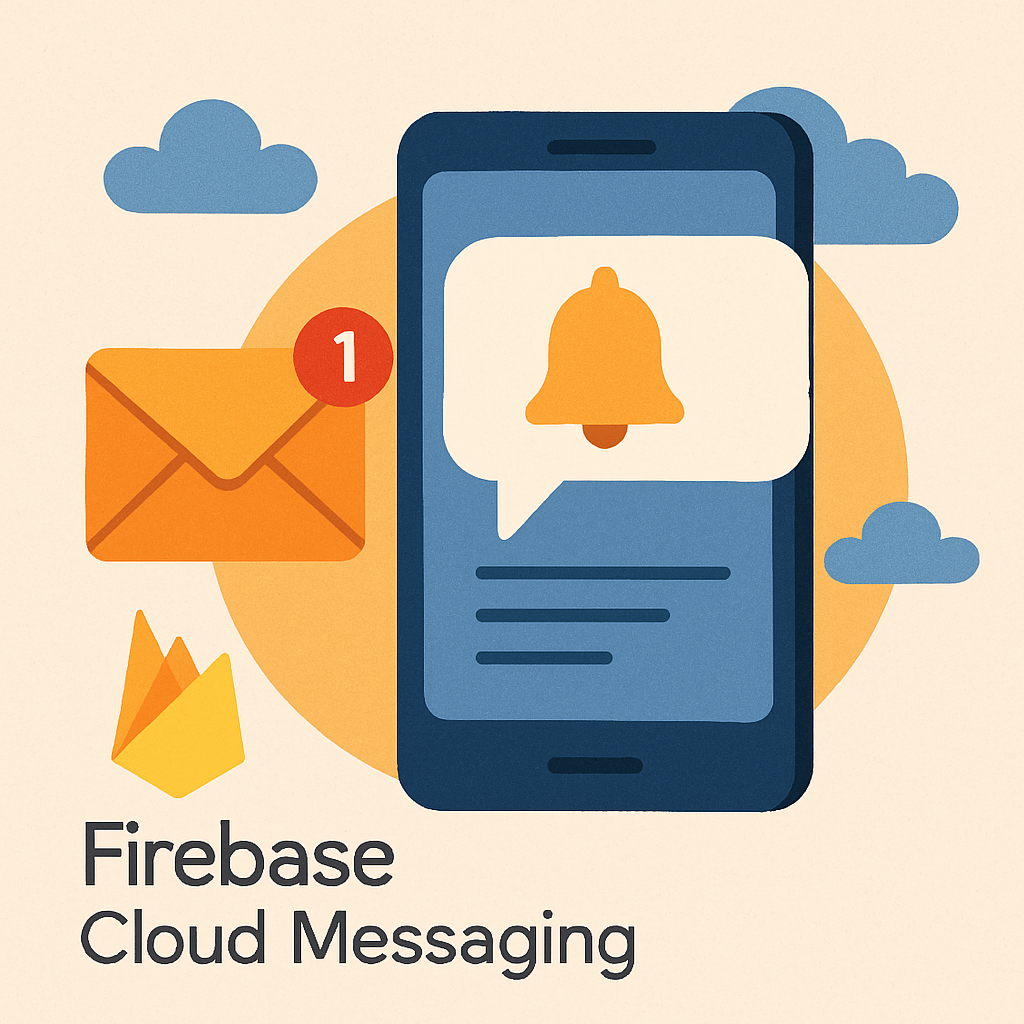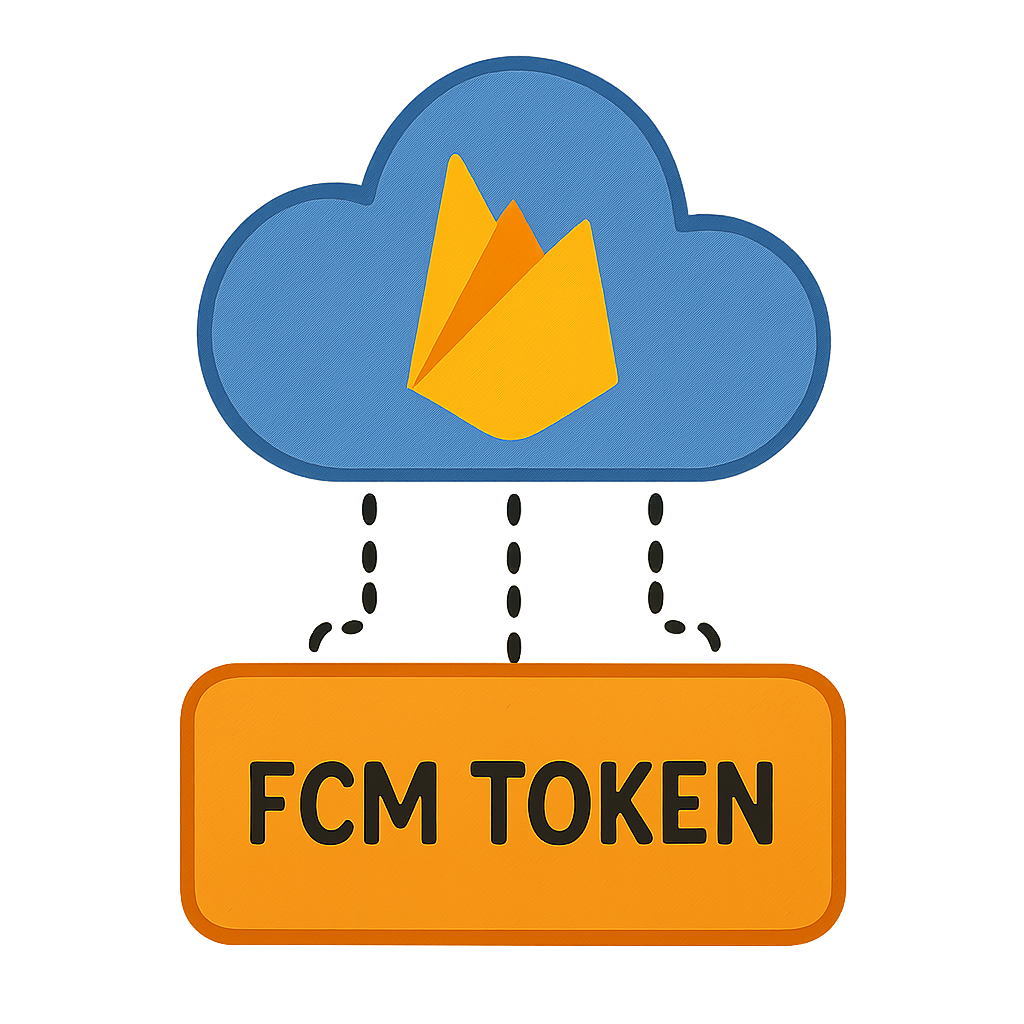Firebase Cloud Messaging (FCM) is a cross-platform messaging solution that allows developers to send notifications and messages to user devices. Originally developed as Google Cloud Messaging (GCM), it was later integrated into the Firebase suite, offering enhanced features and seamless integration with other Firebase services.
FCM enables message transmission without requiring a persistent connection, ensuring minimal battery consumption and optimal performance. This makes it ideal for applications needing real-time user engagement and updates. Its efficient cross-platform functionality makes it a strong choice for developers targeting diverse user bases.

Core Features of FCM
Cross-Platform Support
FCM supports iOS, Android, and web applications, enabling a unified messaging strategy across devices and simplifying development.
Targeted Messaging
Developers can send messages to:
- Individual devices
- Device groups
- Topic subscribers
This enables personalization and precise targeting.
Reliability and Performance
Built on Google’s infrastructure, FCM ensures high delivery rates and low latency—critical for real-time applications.
Comprehensive Analytics
FCM integrates with Firebase Analytics to deliver insights into user behavior, message engagement, and campaign performance.
What is an FCM Token?
An FCM token is a unique identifier assigned to each device registered with Firebase Cloud Messaging. It acts as the address that allows messages to be sent securely to that device.

The Role of FCM Tokens
When an app registers with Firebase, it requests a token. This token routes messages to the correct device, ensuring accuracy and reliability.
Token Lifecycle Management
Token Generation:
Occurs when the app first registers with FCM and establishes its communication channel.
Token Refresh:
Tokens refresh periodically for security purposes. Developers must update their servers with new tokens to avoid message delivery issues.

Integrating FCM into Your Applications
Follow these steps to integrate Firebase Cloud Messaging successfully:
Step 1: Set Up a Firebase Project
Create a Firebase project in the Firebase console. This will be your hub for all Firebase services.
Step 2: Add Firebase SDK to Your Application
- For Android: add Firebase SDK via build.gradle.
- For iOS: integrate via CocoaPods.
Step 3: Register the Application with FCM
Initialize Firebase and request an FCM token to enable messaging between your app and Firebase.
Step 4: Configure Message Handling
Implement logic to handle incoming messages—show notifications, update content, or trigger specific actions.
Step 5: Send Messages
Use the Firebase console or server-side APIs to send notifications and data messages tailored to your application's needs.
Best Practices for Using FCM
Optimize Token Management
Ensure your application automatically handles token refreshes and updates your server accordingly.
Leverage User Segmentation
Use FCM's targeting capabilities to deliver personalized messages that increase engagement.
Monitor Performance
Analyze message delivery reports and engagement metrics regularly to improve your messaging strategy.
Challenges and Solutions in FCM Integration
Challenge: Token Management Complexity
Large applications may struggle to manage millions of tokens.
Solution:
Automate token refresh and maintain updated lists of active tokens.
Challenge: Message Overhead
Sending individual messages to large numbers of users can cause delays.
Solution:
Use topic messaging to send a single message to all subscribers of a topic, reducing overhead.
Conclusion
Firebase Cloud Messaging is a powerful tool for enhancing user communication and engagement. Understanding its core features, implementing best practices, and addressing common challenges will help you leverage FCM effectively. As digital communication becomes increasingly essential, FCM provides the flexibility and scalability needed to support successful applications.
